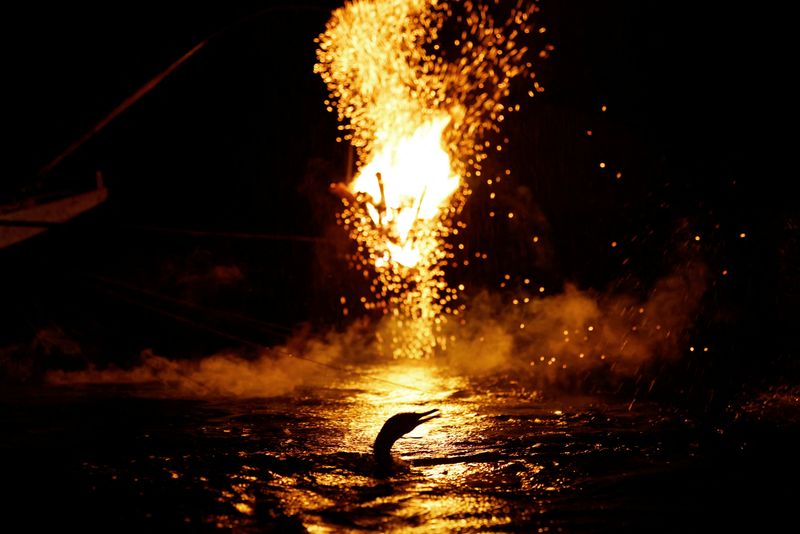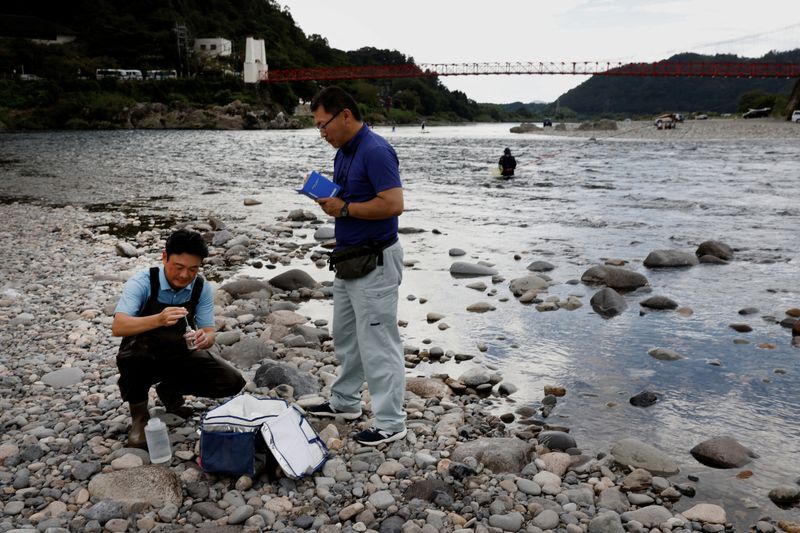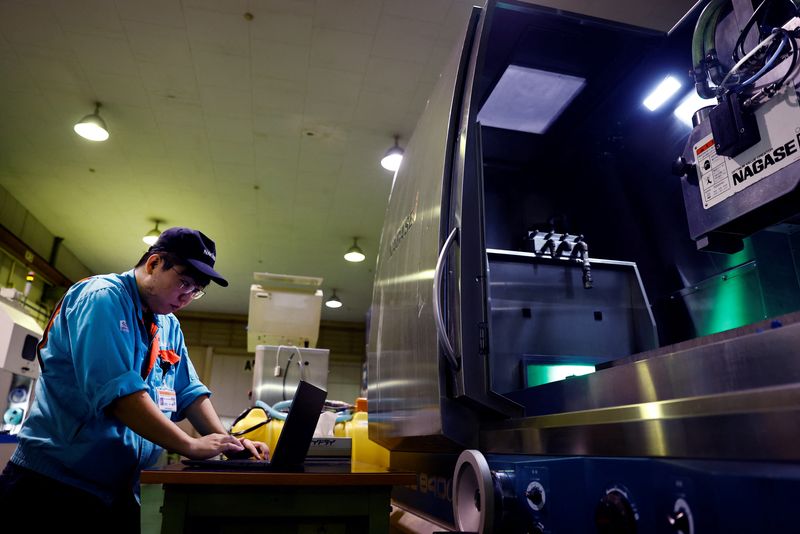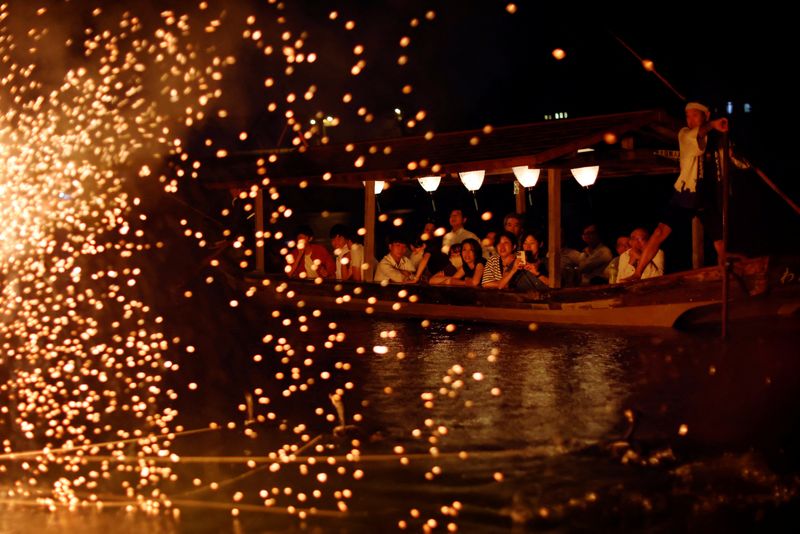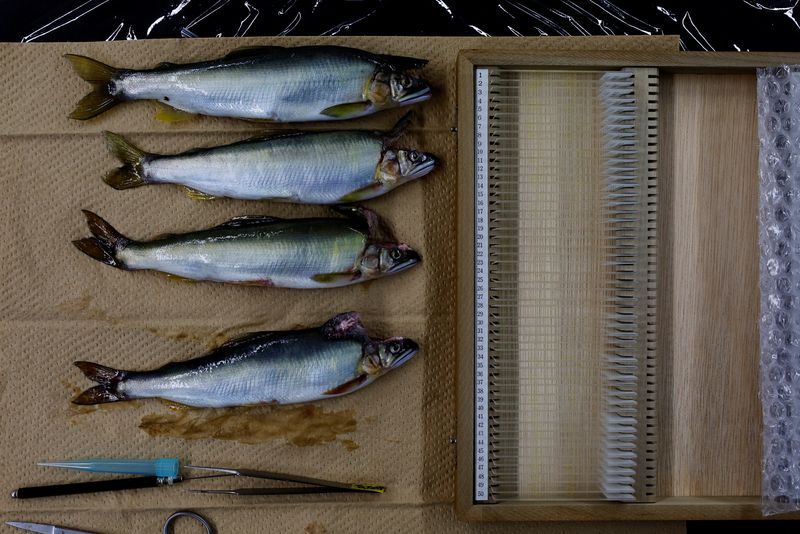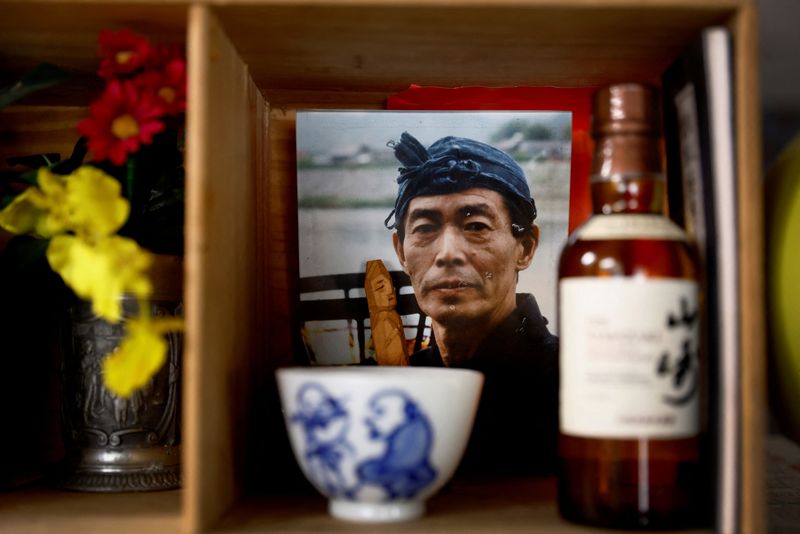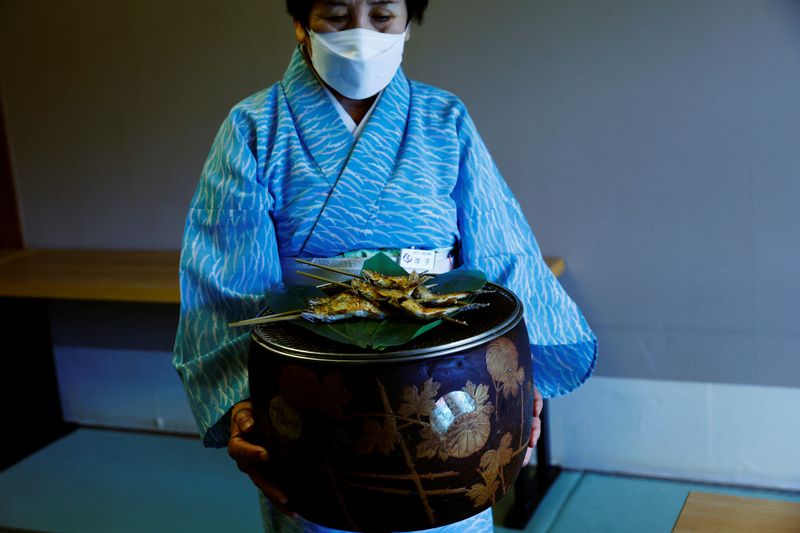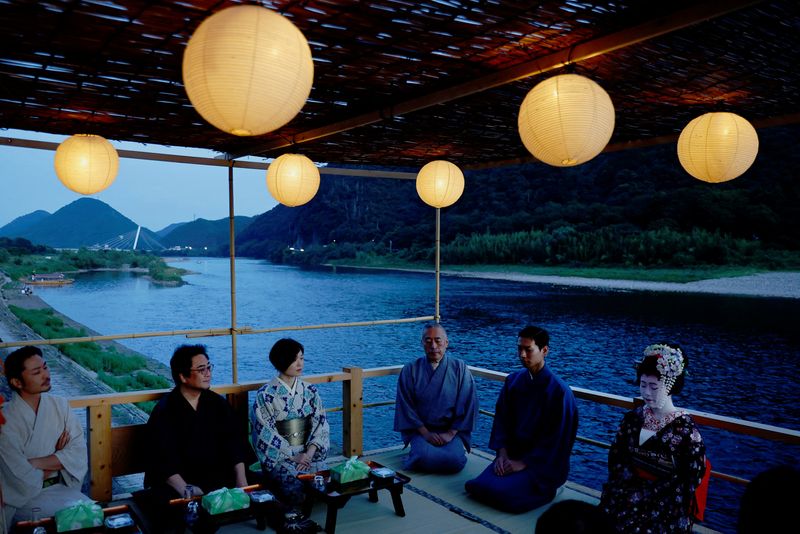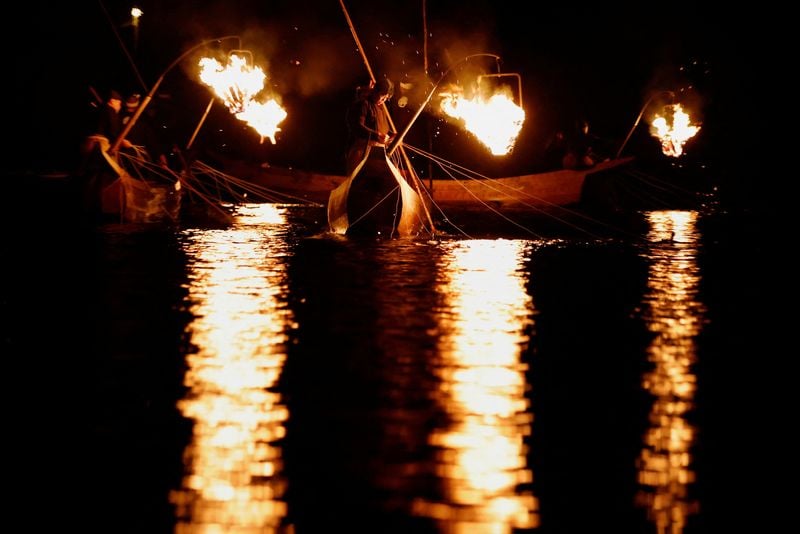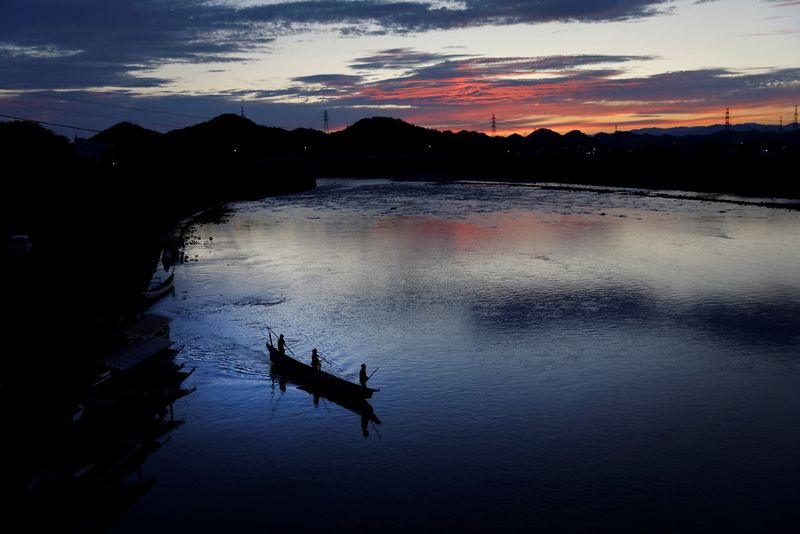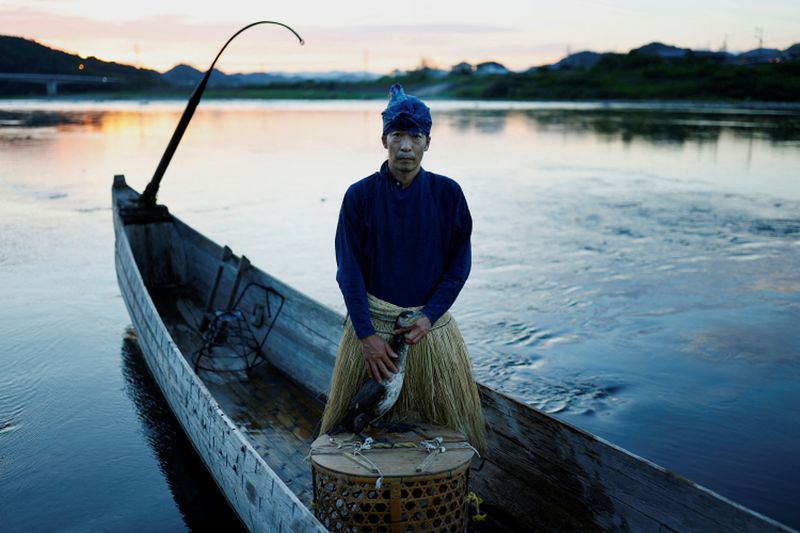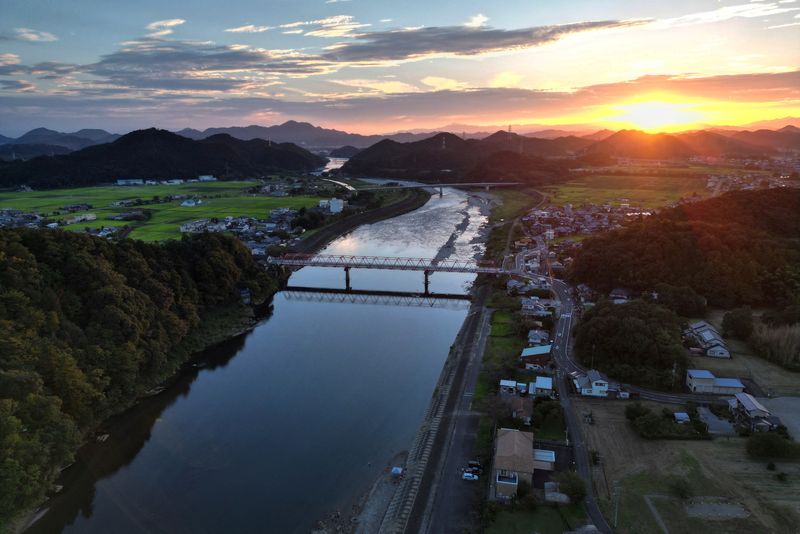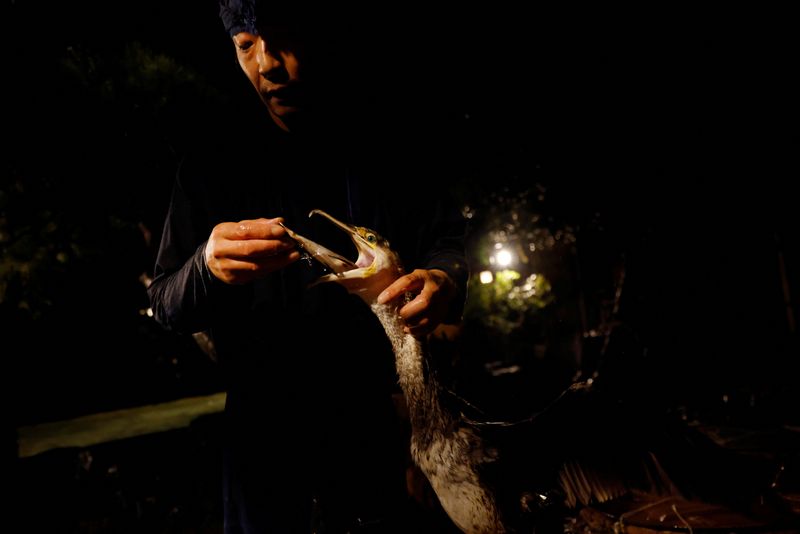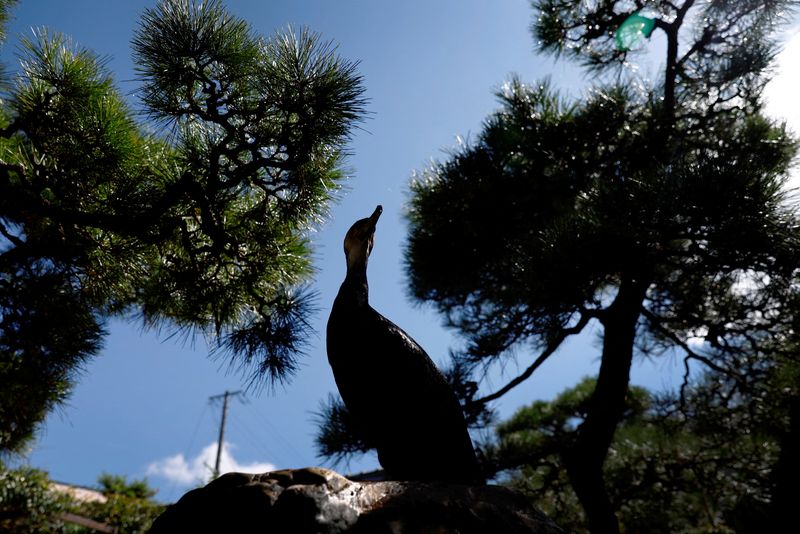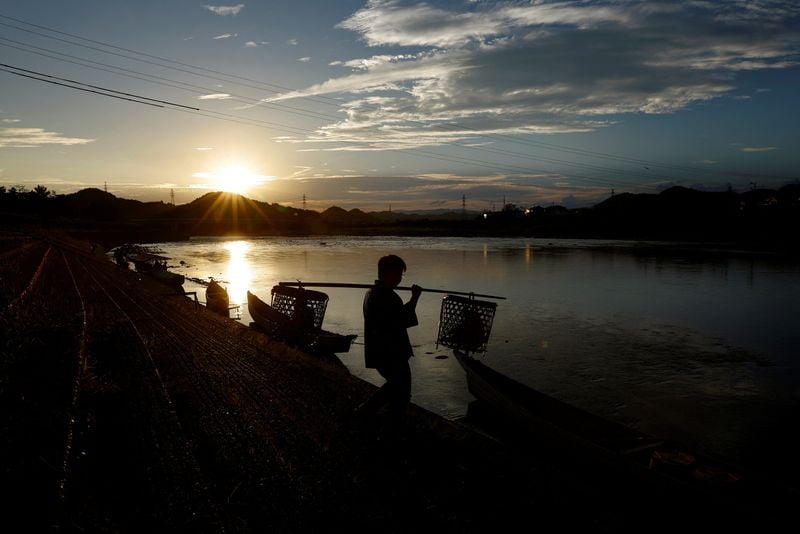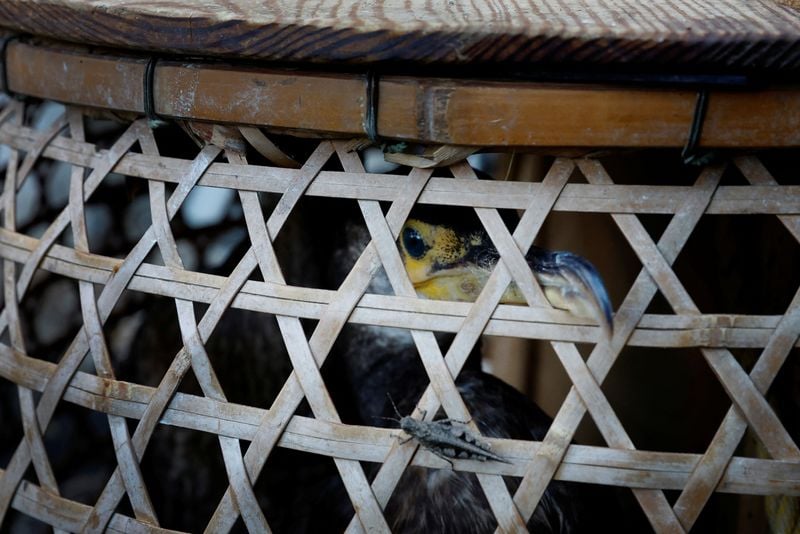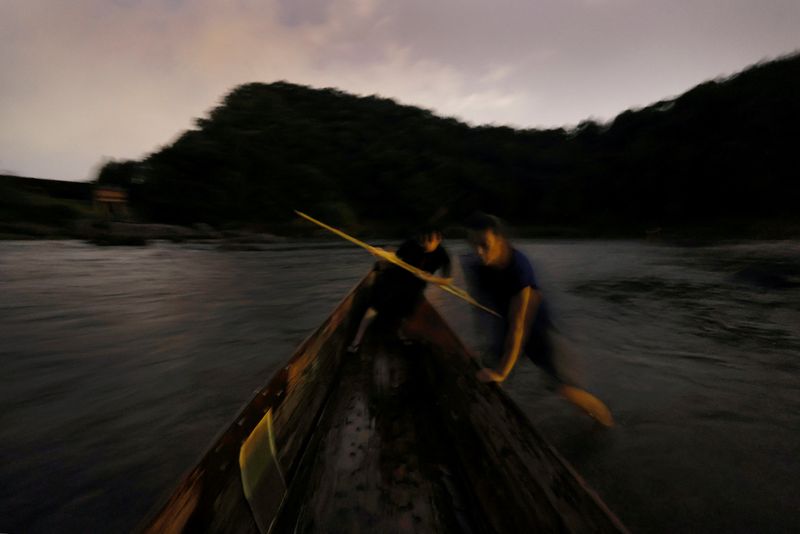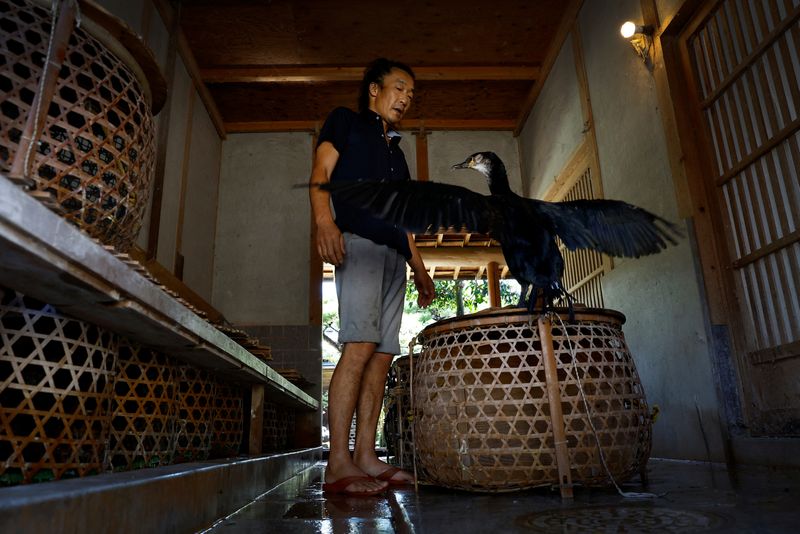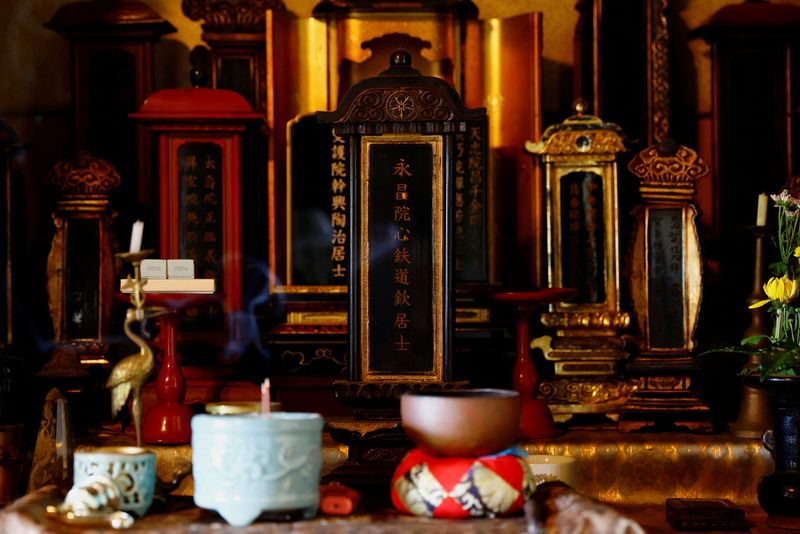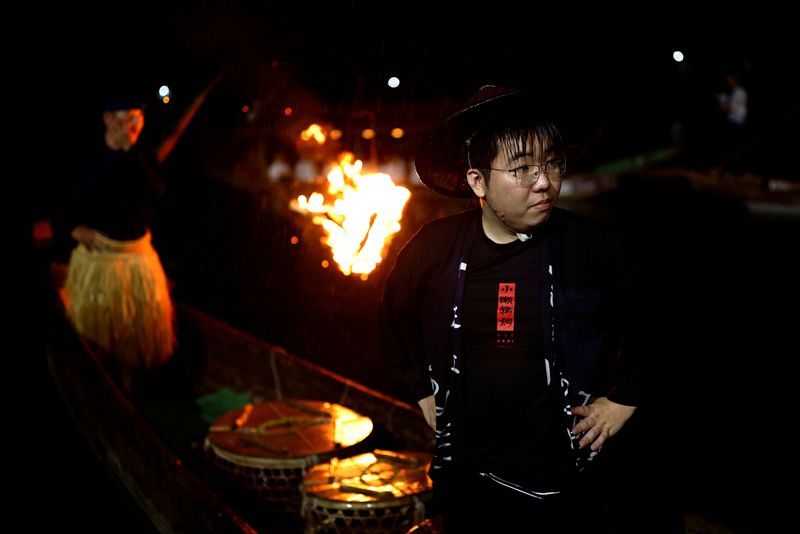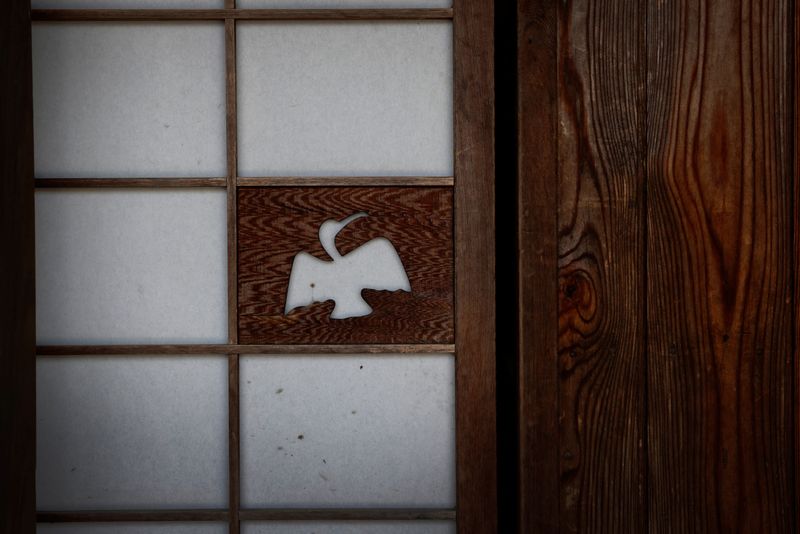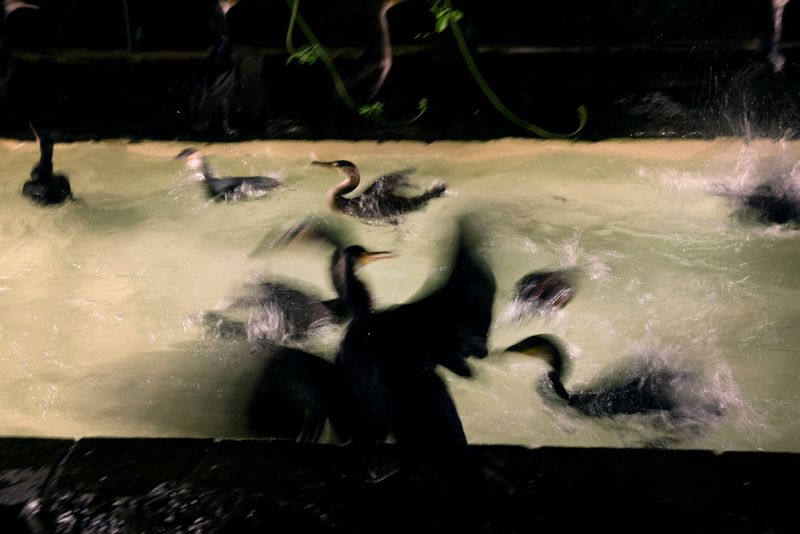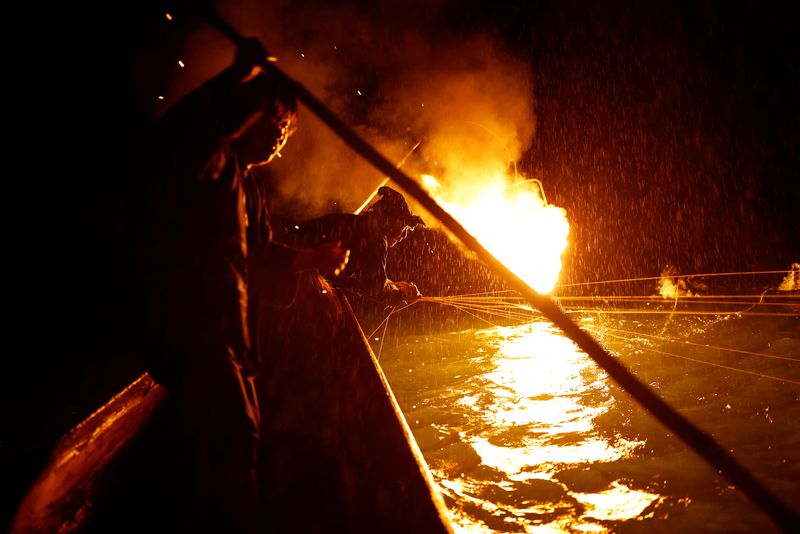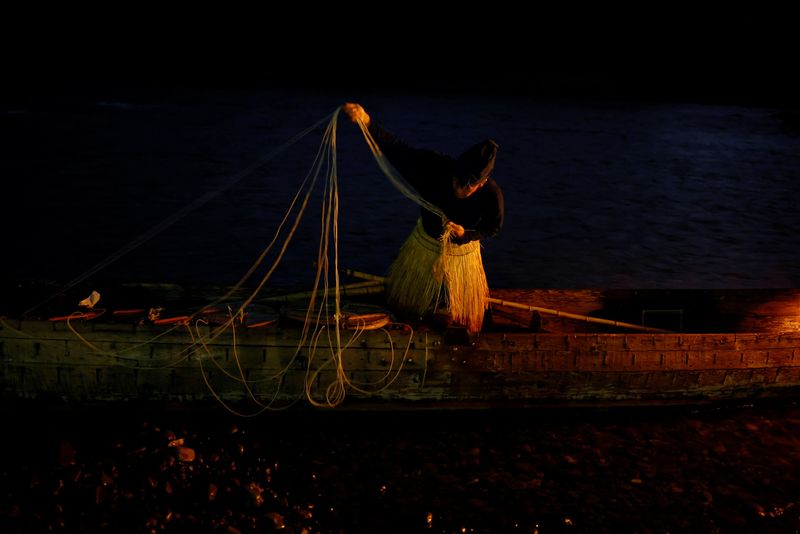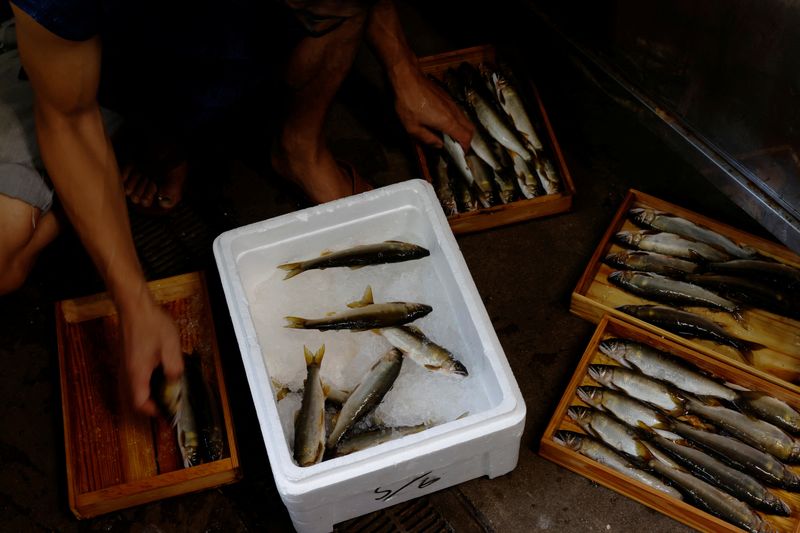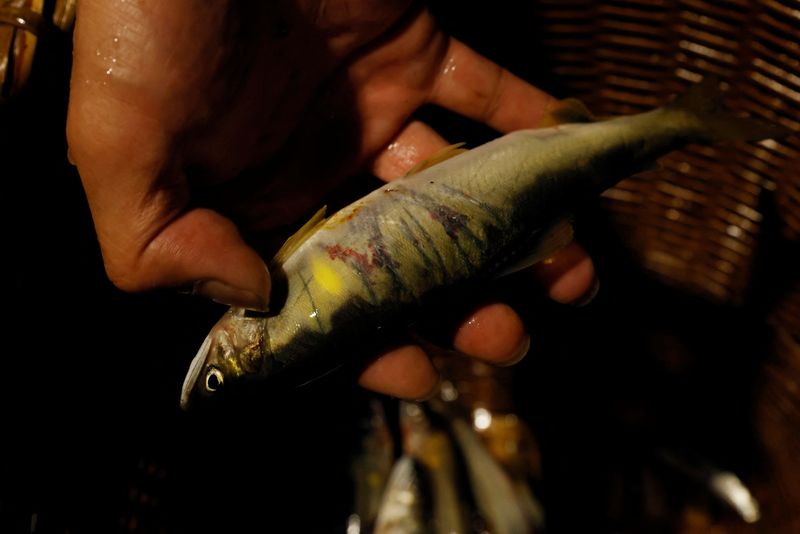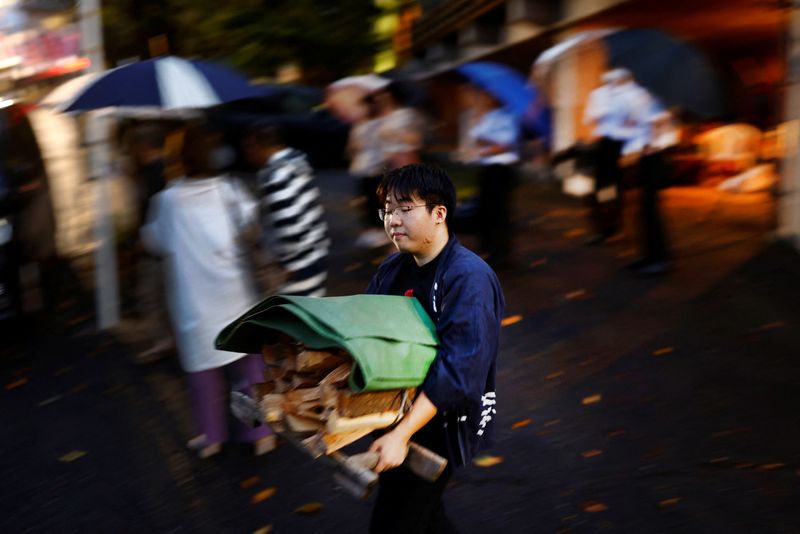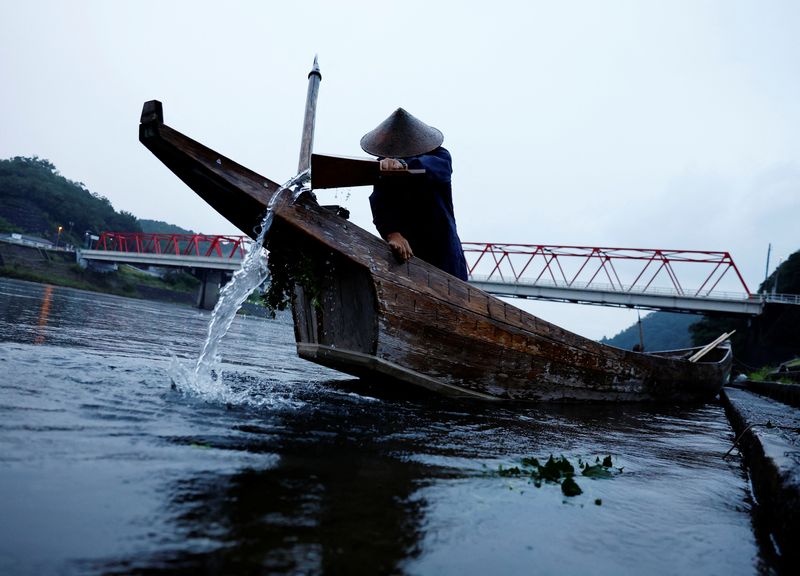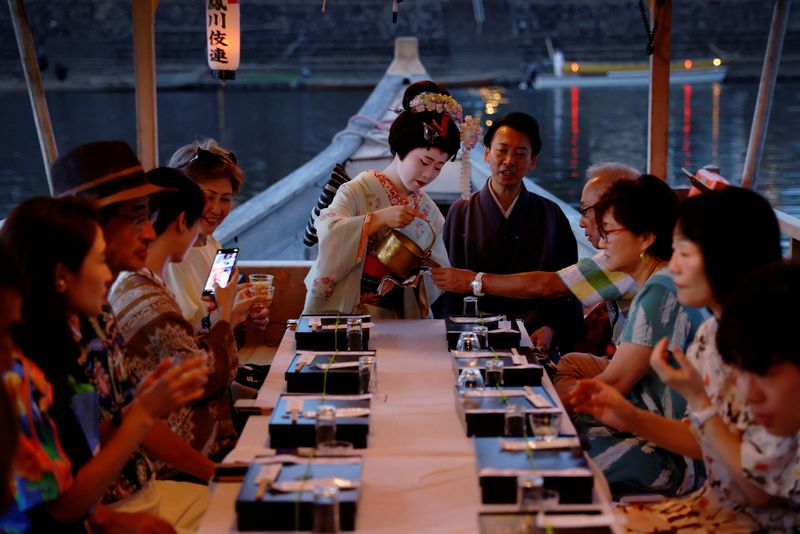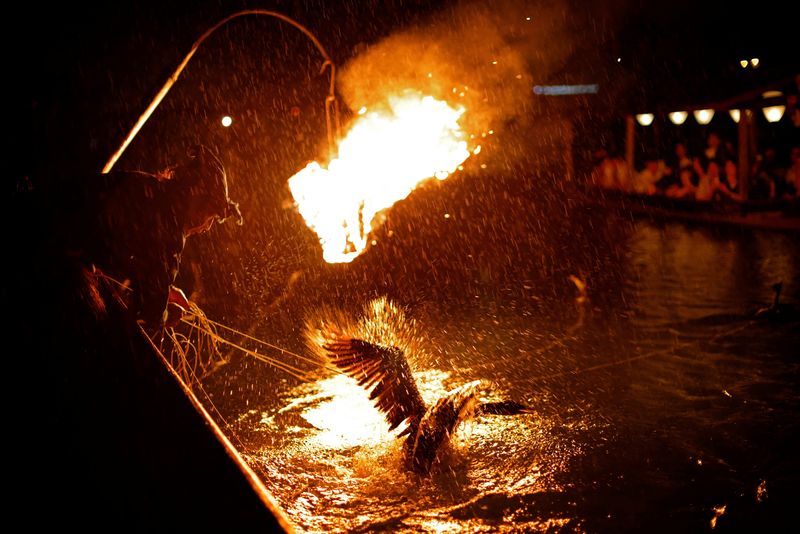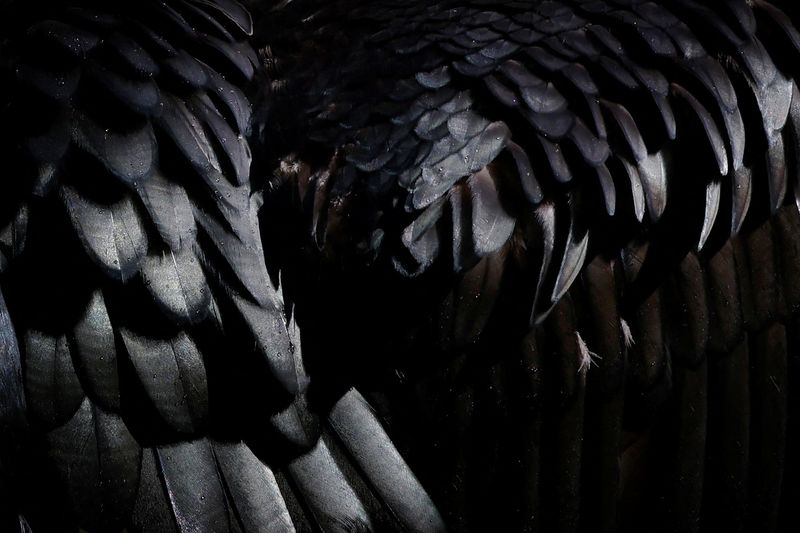By Kim Kyung-Hoon
OZE, Japan (Reuters) – Please click here for photo essay:
Cormorants have been a constant presence in Youichiro Adachi’s life, and when he was young, he cried whenever one of his family’s birds died.
Now 48, Adachi still cares deeply for his birds, drawing them out of their baskets each morning and stroking their long necks to confirm their health and maintain a bond.
“For me, cormorants are my partners,” he said.
Adachi is the 18th generation of his family to be a master cormorant fishermen, and one of about 50 people in Japan carrying on the 1,300-year tradition of using trained birds to dive for fish. It is considered the ideal way to catch the sweet ayu river fish, and his family has a hereditary mandate to supply the delicacy to the Japanese imperial household.
The method, known as ukai, was once common in Japan and a version of it has also been practiced in China. But today it is largely supported by tourists, who watch the fishermen and their birds bringing in the catch.
Now, environmental changes are making the fish ever more scarce and small, endangering the lifeline of the fisherman, known as usho, and their flocks.
“I go to the river every day so I can feel the changes,” Adachi said, drawing upon nearly four decades of working on the Nagara River in Oze, a town in central Gifu Prefecture.
Come sundown between May and October, he boards a boat along with an assistant, a steersman, and about 10 cormorants leashed at the neck and body. A basket of flames swings out over the dark river, waking the ayu from resting spots among the stones below. The cormorants catch them as they dart away, but the leash keeps the larger fish from going down the birds’ gullets.
The birds are coaxed to release the fish into a bucket. And from a nearby observation boat, tourists take in the spectacle of splashing feathers and dancing fire.
As is common these days, the haul is tiny. Guests at a traditional ryokan inn run by the Adachi family are fed salted, grilled ayu, but it is supplied by a local fish monger.
Adachi ascribes the dearth of fish to the weather, which he says has become more unpredictable, with heavier rains and flooding on the once calm river. And construction of flood barriers has led to smaller rocks and sand filling the river bottom, obstructing the larger rocks that form the ayu’s habitat.
“In the past, there were only big boulders, but now they’re small,” he said. “The sand and gravel has increased, and along with that the ayu have gotten smaller too.”
Environmental studies have confirmed his concerns. Temperatures in the Nagara River have risen to a high of 30 degrees Celsius (86 degrees Fahrenheit), delaying the spawning period of the ayu by a month, said Gifu University associate professor Morihiro Harada.
The fish like to eat algae that grow on large stones, Harada said, but those rocks have become less common after repeated anti-flooding works carried out by river management authorities.
Down river from Oze, the usho of Gifu City have a larger, more tourism-oriented operation. Fleets of boats allow visitors to eat and drink as they watch the fishermen and birds.
The same environmental shifts also affect this business, with rough waters sometimes pushing the tourist boats off course or leading to cancellations.
To contend with growing number of lost business days, an economic development body known as ORGAN set up an elevated riverside viewing deck on a trial basis, attempting to recreate the boat experience in evenings hosted by apprentice geishas and other traditional performers.
“We wanted to offer a more refined, higher-quality experience,” said ORGAN leader Yusuke Kaba.
Facing an uncertain future, Adachi can only honour the past and tend to the present. In his home, he prays before shrines dedicated to his usho ancestors. And in the yard, he tends to his 16 birds, one by one.
His son Toichiro helps out on the boat and is training to become the next master fisherman.
Toichiro wants to carry on the tradition. But for now, the 22-year old spends his days working with a computer at a maker of high-precision machine tools, the type of industry that transformed Japan’s economy and society in the post-war period.
“I want my son to inherit my job, but it’s tough to make a living,” Adachi said. “If we cannot catch fish anymore, our motivation is gone and there’s no meaning in what we do.”
(Writing by Tom Bateman and Rocky Swift in Tokyo; editing by Miral Fahmy)
